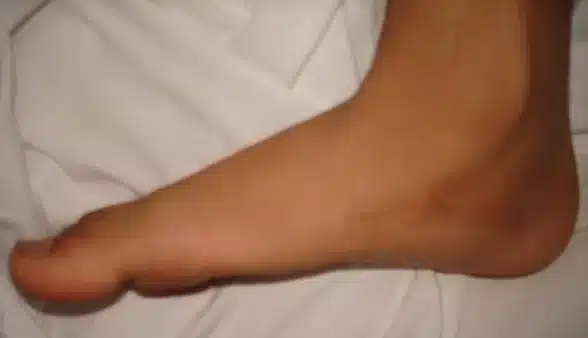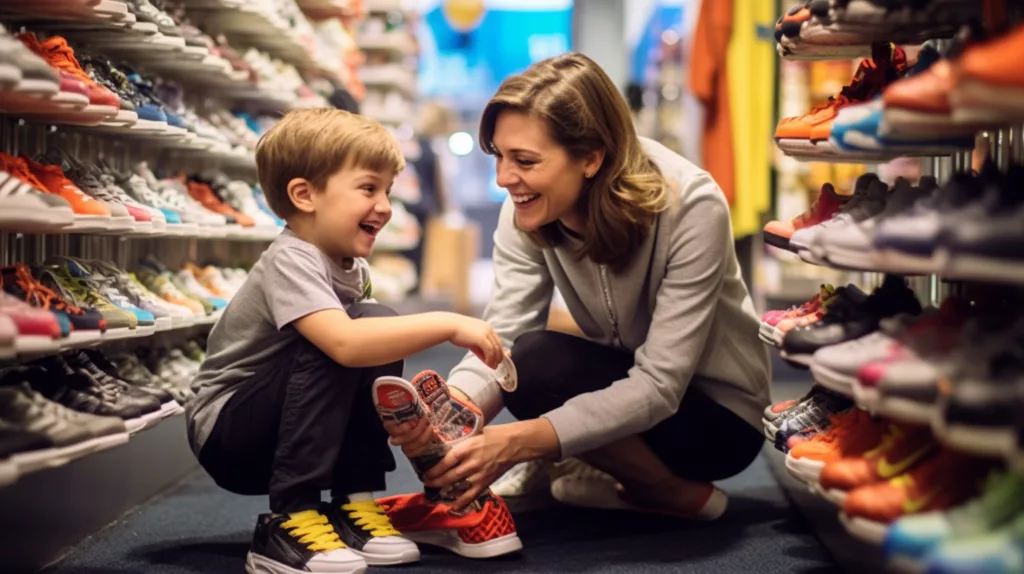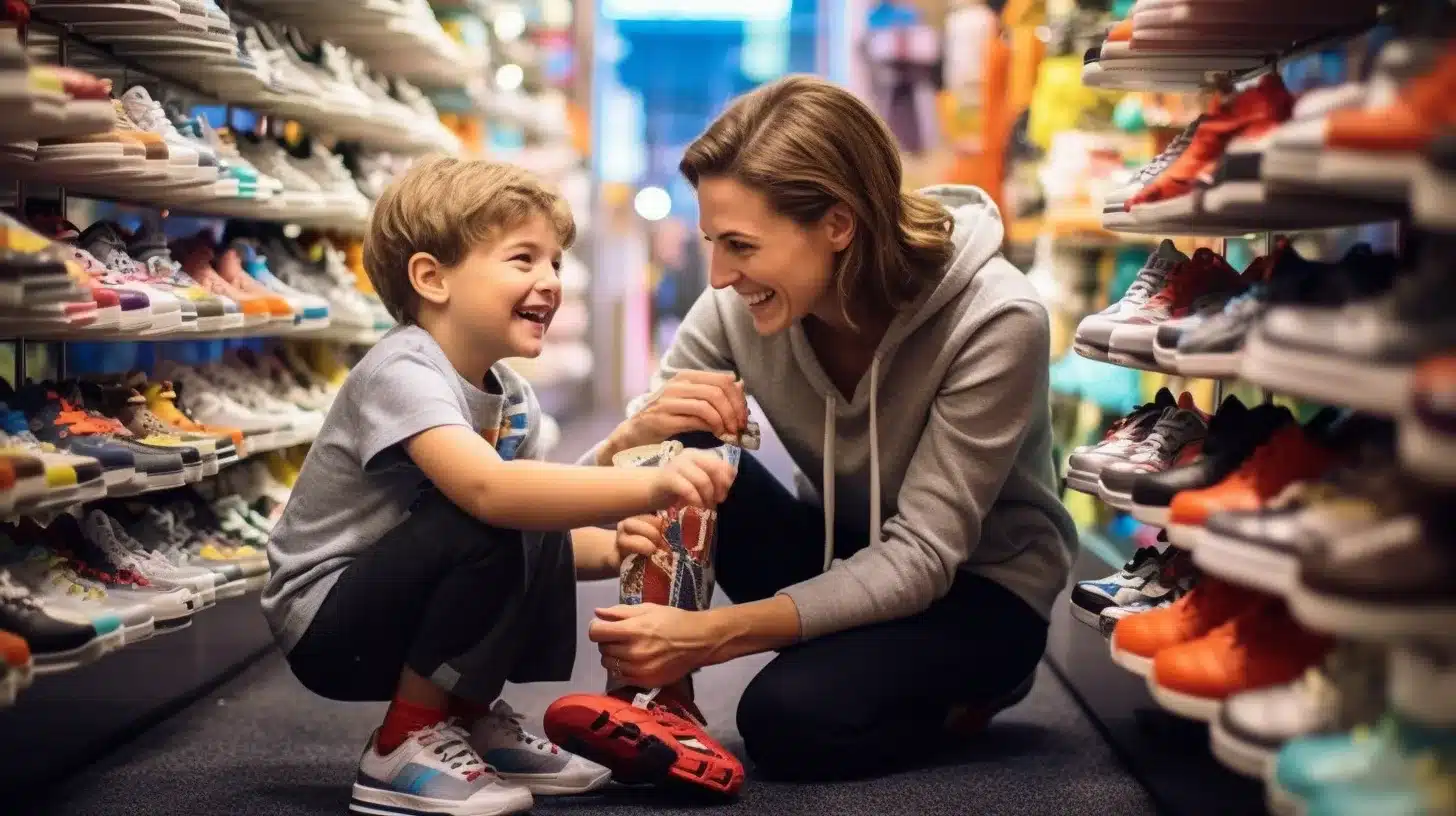One Saturday afternoon, I decided to meet my friend Alisha for a long-overdue catch-up. She had texted me earlier in the week, asking if I could join her at a shoe store to help pick out some new shoes for her son, Aarav. Since Alisha knew about my medical background, she also wanted my opinion about something that had been bothering her: Aarav’s flat feet.
We met at a big shoe store that was filled with kids running around, parents struggling to find the right sizes, and a ton of bright colors from sneakers and sandals of all types. Aarav, now six years old, was sitting on a small bench, trying on a pair of shiny new sneakers, his face lighting up every time he put on a new shoe.
What Is Flat Feet in Children?
“Aarav seems to always have trouble finding shoes that fit well,” Alisha said, a bit of frustration evident in her voice. “I noticed that his feet don’t seem to have much of an arch. Is that normal, Priya?”
I smiled. “You know, Alisha, a lot of parents have this same concern when they see their children’s feet are flatter than others. Flat feet, or pes planus, are actually pretty common in children, especially at Aarav’s age. Almost all kids are born with flat feet because the muscles and ligaments that form the arch are still developing. By around age six, about 80% of children have developed an arch.”

Alisha seemed a bit relieved. “So, it’s not something to panic about?” she asked, watching Aarav stomp his feet in front of a small mirror.
“Not at all,” I said, smiling reassuringly. “In fact, flat feet are usually part of the normal development process. Aarav’s arches may continue to develop naturally over the next few years. The key is whether he feels any pain or discomfort.”
What About the Tiptoe Test?
We watched Aarav as he ran up to us, excitedly showing off a pair of shoes that lit up whenever he stomped. Alisha picked him up and sat him on the bench again.
“Here’s a simple test you can do at home, Alisha,” I said, showing her. “Ask Aarav to stand on his tiptoes. If an arch appears when he’s on his toes, it means his feet are flexible, and he’s just developing normally. Most flat feet in children are flexible, which means they don’t cause any issues in the long run.”
She nodded thoughtfully, smiling at Aarav, who seemed completely engrossed in the flashing lights on his new shoes.
Are Flat Feet Hereditary?
As Alisha was trying to choose between a couple of different sneakers, she said, “I think both I and my husband had flat feet growing up, and maybe we still do. Does that mean Aarav will always have flat feet too?”
“Yes, flat feet can be hereditary,” I replied. “If one or both parents have low arches, it’s more likely that their child will also have flat feet. However, that doesn’t mean Aarav will face problems because of it. He may grow out of it, or he might always have flat feet without any symptoms. It’s mostly about genetics, and unless there’s discomfort, it’s rarely something to worry about.”
Choosing the Right Shoes for Aarav
Alisha turned to me, a pair of shoes in each hand. “So, what kind of shoes should we be looking for, then?”
“That’s a great question,” I said. “For Aarav, and any child with flat feet, it’s important to choose comfortable shoes that provide flexibility and don’t constrict the feet. The goal is to give the foot room to grow and develop naturally. Shoes that are too tight or have too much arch support can restrict the foot’s natural growth.”
I gestured to a pair of well-cushioned sneakers with a flexible sole. “These ones look great. You want something that allows him to move freely. Boots with rigid support or shoes that force an arch might not be the best for him. Comfort is key.”
Do Orthotics Help?
“I read about those special shoe inserts—orthotics. Do you think Aarav needs those?” Alisha asked.
“Usually, no,” I replied. “There have been studies that show orthotics or inserts don’t really accelerate the development of an arch in children with flexible flat feet. They are typically only used when there is pain or discomfort. So for Aarav, as long as he’s comfortable, he doesn’t need those expensive inserts.”
Alisha sighed with relief and nodded. “That’s good to know. I’m glad I don’t have to worry about extra purchases.”
Special Shoe Shopping Tips for Flat Feet
As we continued browsing, I gave Alisha some specific tips:
- Look for Shoes with Wide Toe Boxes: “Make sure there’s enough room for Aarav’s toes to spread naturally. Shoes with a wider toe box can help with that.”
- Flexible Soles: “The shoes should have a sole that you can bend easily with your hands. That flexibility will help his feet move naturally.”
- Avoid Heavy Shoes: “Lighter shoes make it easier for Aarav to run and play, and they don’t restrict his movements.”
We eventually settled on a bright pair of sneakers with flexible soles, and Aarav immediately put them on, happily stomping around to watch the lights flash.
What Are the Symptoms to Watch For?
As we were heading to the counter, Alisha turned to me one last time. “So, Priya, what should I keep an eye on just in case?”
“Well, Aarav is looking great right now, but if he ever starts to complain of pain or stiffness, or if you notice that he’s not able to keep up with other kids while playing, it would be a good idea to see a specialist. Persistent symptoms like discomfort, swelling, or changes in his gait might indicate the need for more support.”
Alisha nodded and thanked me. “This really helps, Priya. I was a bit worried, but now I feel a lot better. Aarav’s ready to take on the world in his new shoes!”
We both laughed as Aarav strutted out of the store, showing off his flashy sneakers to anyone who’d look.
Key Takeaways for Parents About Flat Feet in Children:
- Flat feet are normal in young children and usually nothing to worry about.
- 80% of children develop an arch by the age of six.
- Hereditary factors play a role—flat feet often run in families.
- Choose comfortable, flexible shoes that allow natural movement.
- Orthotics are rarely necessary unless there’s discomfort or pain.
- Perform the tiptoe test to check for flexibility—if an arch appears, the feet are flexible and normal.

FAQs on Flat Feet in Children
1. Are flat feet in children a problem?
Flat feet are common in children and often resolve naturally as they grow. If there’s no pain, it’s usually not a problem.
2. Should my child wear orthotics for flat feet?
Orthotics are typically not needed unless the child experiences pain or discomfort. Most children with flat feet develop normally without them.
3. How do I choose the right shoes for my child with flat feet?
Choose shoes that are comfortable, flexible, and allow for natural foot movement. Avoid shoes that are too tight or have rigid arch support.


